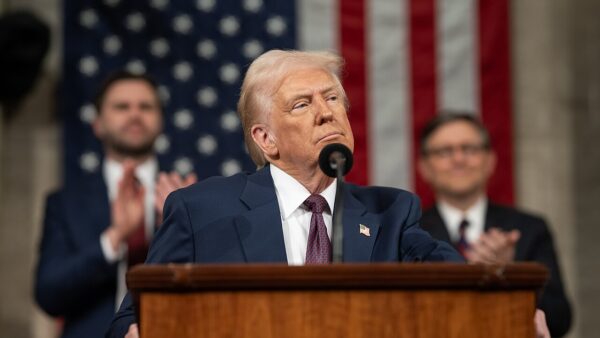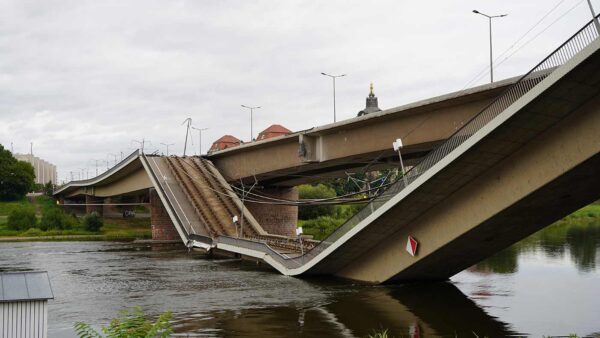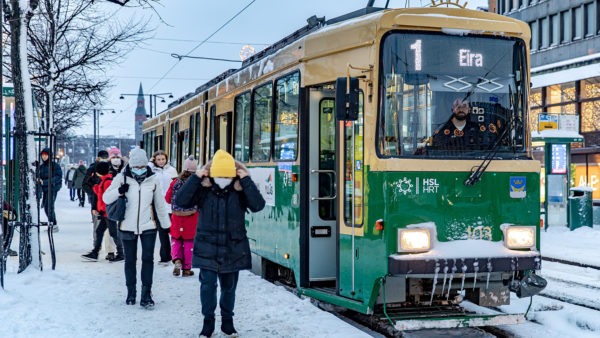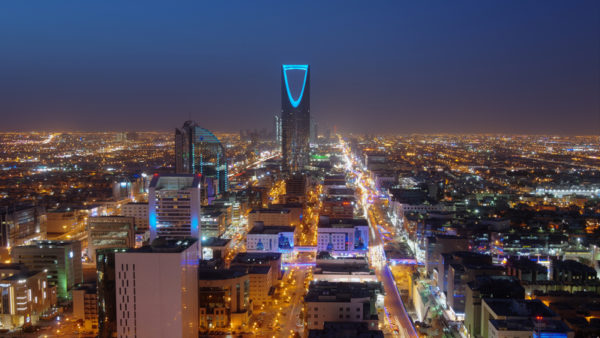Iran plans to build a financial centre on the island of Qeshm in the Straits of Hormuz. The aim is to create a hub for foreign banks to circumvent restrictions on its own banks’ ability to raise international capital.
Farhad Taghizadeh-Hesary, a senior adviser to the Qeshm Investment and Development Company, told Bloomberg that banks from China, Russia and Japan were leading the race to enter the Iranian market.
The island is the largest in the Persian Gulf, and has a population of 117,774, mainly occupied in fishing, salt mining and tourism.
We have lots of feasible projects in different sectors that are interesting to foreign investors. However, one of the bottlenecks is the lack of access to cheap finance. The financial centre can help us access cheap finance– Farhad Taghizadeh-Hesary, Qeshm Investment and Development Company
The plan would require extensive construction to create the necessary offices and IT infrastructure, but it may struggle in the face of Iran’s reported lack of ready investment capital.
One example of the problem is a project to build a $970m, 2.4-km bridge between Qeshm and the mainland.
This project was officially launched in 2011, but the start of work was delayed until 2015. It is not clear how much progress has been made since then: the Wall Street Journal reported in May that work on the bridge, which is being built by the construction arm of the Revolutionary Guards, had been stalled by lack of funds.
Iran is experiencing high demand for capital-intensive projects as a result of the lifting of UN Security Council sanctions at the beginning of the year. Some $185bn is planned in the oil and gas sector alone in the next five years, and a large number of projects in the steel sector have been announced in the past few months.
“We have lots of feasible projects in different sectors that are interesting to foreign investors. However, one of the bottlenecks is the lack of access to cheap finance,” said Taghizadeh-Hesary. “The financial centre can help us access cheap finance.”
International lenders worry that restrictions on investment could be re-imposed by the US, leaving them with bad loans.
Presumptive Republican nominee Donald Trump has threatened to “tear up” the Iran nuclear deal, and his Democratic Party rival Hillary Clinton called for new sanctions in January of this year.
A second obstacle is the inability of American banks to handle dollar transaction with Iran. This is discouraging international businesses from entering the Iranian market given that dollar payments will eventually have to be processed through the US banking system. Â
Meanwhile, Iran’s domestic sector is starved of capital as a result of the need to finance industrial growth during the period of sanctions.
Payam Afzali, head of investment banking at Tehran-based Kian Capital, told Trade Arabia: “They’ve had to take the burden of financing the country’s economy for a prolonged time, so they are under pressure.”
Despite these difficulties, the International Monetary Fund expects Iran’s economy to expand 4% in the 12 months to March 2017.
Photograph: Qeshm is presently best known as an ecotourist destination (Wikimedia Commons)










